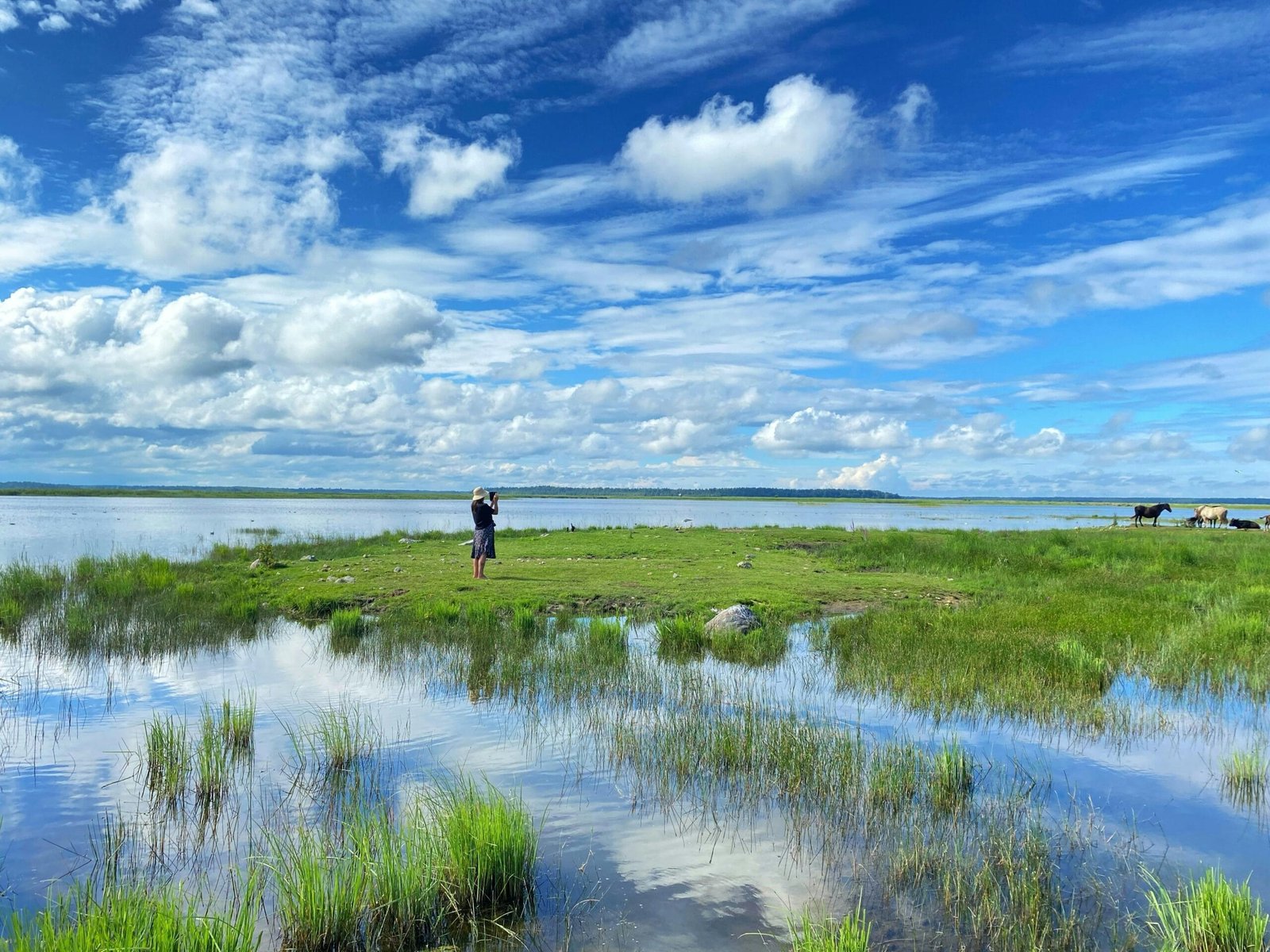Have you ever wondered how you can consistently monitor water quality? Whether it’s for a small fish tank or a large community water source, keeping tabs on water quality is crucial for health and environmental reasons. This task might seem daunting, but with a little knowledge, you can ensure water stays clean, safe, and healthy. Let’s explore some practical ways to monitor water quality consistently and why it’s so important.

Understanding Water Quality Monitoring
Water quality monitoring is about assessing the health of water by checking different parameters. These parameters can vary based on the type of water body and its intended use. By understanding what to monitor and how to interpret the results, you can make informed decisions to maintain or improve water quality.
What is Water Quality?
Water quality refers to the condition of water, usually in terms of its chemical, physical, and biological characteristics. Good water quality satisfies the various purposes for which it is consumed and utilized, such as drinking, agriculture, recreation, and supporting aquatic life.
Importance of Monitoring Water Quality
Monitoring water quality is vital for several reasons. Firstly, it ensures that the water is safe for consumption and supports a healthy ecosystem. Secondly, monitoring helps to identify pollution sources, enabling you to take corrective measures promptly. Finally, consistent monitoring acts as a preventive measure, catching any changes before they escalate into serious problems.
Essential Water Quality Parameters
To effectively monitor water quality, you need to understand the essential parameters involved. Each parameter provides valuable information about the status of water and potential contamination.
Physical Parameters
Temperature: Temperature influences many physical, biological, and chemical processes in water. Monitoring temperature helps in assessing the thermal pollution and its impact on aquatic life.
Turbidity: This measures the clarity or haziness of the water. High turbidity can indicate the presence of suspended particles, which often suggests pollution.
Color and Odor: Unusual color or odor can suggest contamination. Monitoring changes in color or smell assists in early detection of pollutants.
Chemical Parameters
pH Level: The pH level indicates the acidic or basic nature of the water. It’s vital to keep the pH within a range that supports aquatic life and is safe for consumption.
Dissolved Oxygen (DO): Essential for the survival of aquatic organisms. Low levels can lead to the death of aquatic organisms, affecting the entire ecosystem.
Nitrates and Phosphates: High concentrations usually indicate pollution from agricultural runoff, waste discharge, or industrial effluents, potentially causing algal blooms.
Heavy Metals: Metals like lead, arsenic, and mercury can be toxic to both aquatic life and humans.
Biological Parameters
Coliform Bacteria: Presence of coliform bacteria suggests possible contamination from sewage or animal waste, indicating water is unsafe for drinking.
Algal Growth: Excessive growth of algae can reduce oxygen levels and alter the aquatic habitat, signaling nutrient pollution.
Tools and Techniques for Monitoring Water Quality
With a basic understanding of what you need to monitor, let’s look at the tools and techniques available for water quality monitoring.
Manual Sampling and Testing Techniques
Field Kits: Handy for on-the-spot tests of parameters like pH, ammonia, nitrates, and dissolved oxygen. They are relatively inexpensive and easy to use.
Laboratory Analysis: Collecting samples and sending them to a lab can provide more detailed and accurate results. Labs use calibrated devices for precise measurement of various parameters.
DIY Tests: Simple do-it-yourself test kits are available for basic tests. They are user-friendly and can give you a quick overview of water quality.
Automated and Digital Monitoring Systems
Sensor Networks: Sensors placed in water bodies transmit real-time data on parameters like temperature, pH, and turbidity. These are suitable for continuous monitoring.
Remote Sensing: Using satellites and aerial imagery to assess large water bodies. Useful for monitoring large-scale changes in water quality.
Wireless Data Transmission Systems: Combined with sensor networks, these systems offer real-time data and alerts for immediate action.
Implementing a Consistent Monitoring Plan
Having learned about the parameters and tools, you might wonder how to put all this information into practice effectively.
Setting up a Monitoring Schedule
Frequency: Determine how often you need to monitor. High-risk areas may require daily checks, while others might need weekly or monthly.
Timing: Monitor at the same times each day or week to establish a reliable data set, accounting for natural daily variations.
Location: Choose strategic sampling locations to get representative data. Multiple sampling sites improve data reliability.
Data Interpretation and Action
Trend Analysis: Look for patterns and trends over time to identify any deterioration in quality or emerging issues.
Thresholds and Limits: Familiarize yourself with the water quality standards set by environmental agencies. Understand the acceptable thresholds to determine when action is necessary.
Taking Action: Based on data, take preventive or corrective measures. This can range from reducing pollutant sources to treating the water itself.

Challenges in Consistent Water Quality Monitoring
While monitoring is essential, there are challenges you might face along the way.
Resource Limitations
Monitoring can be resource-intensive, requiring time, money, and skilled personnel. Budget constraints can impact the extent of your monitoring activities.
Technological Hurdles
Technology can fail or deliver inaccurate readings if not calibrated correctly. You must stay updated and regularly maintain your equipment to ensure reliability.
Data Management
Managing and interpreting ongoing data can be overwhelming without an appropriate system. Invest in software or services that allow easy analysis and reporting.
Maximizing Efficiencies in Water Quality Monitoring
To overcome challenges and ensure seamless monitoring, consider these tips to improve efficiency.
Training and Education
Employee Training: Regular training ensures that you and your team are skilled in using the equipment and interpreting the data correctly.
Public Awareness: Educate your community or stakeholders about water quality’s importance, encouraging support and compliance.
Leveraging Community and Technology
Community-Based Monitoring: Enlist local volunteers or community groups in monitoring efforts, enhancing coverage and raising local awareness.
Artificial Intelligence and Machine Learning: Use AI to automate data analysis, improving the speed and accuracy of interpreting trends and alerts.
Optimizing Costs
Cost-Effective Equipment: Invest in durable, multi-parameter meters instead of numerous single-use devices. This reduces long-term cost and equipment management burden.
Collaborative Efforts: Partner with local organizations, government, or academic institutions to share resources and data for mutual benefits.

Conclusion
Consistently monitoring water quality is not just an obligation but a commitment to your health and the environment. By understanding the parameters, utilizing the right tools, implementing a structured plan, and overcoming challenges, you can play a significant role in ensuring water safety and sustainability. Stay informed, stay proactive, and remember: taking these steps contributes beneficially to both your community and the world at large.
